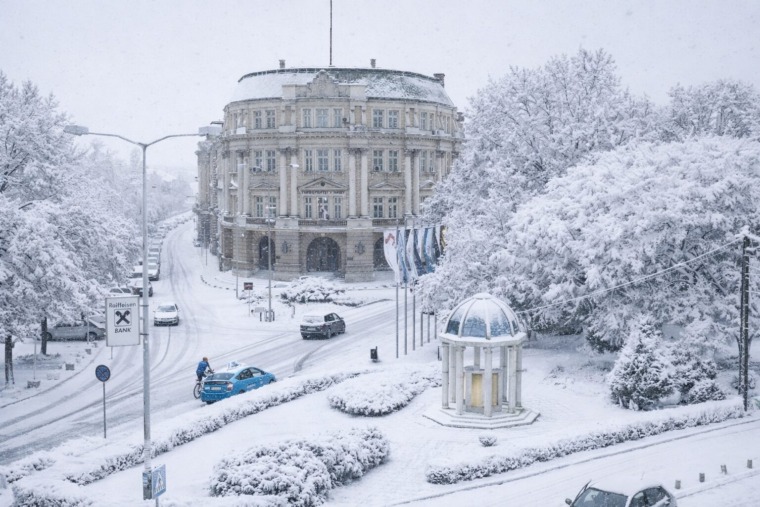
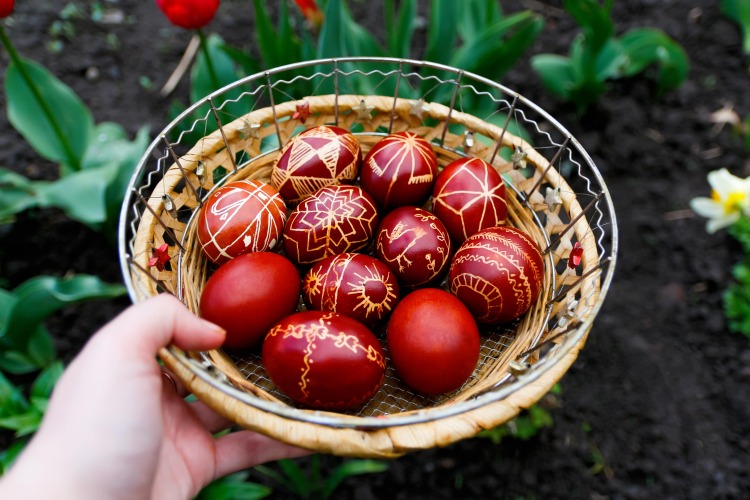
In Serbia, Easter eggs are more than colorful decorations — they are deep-rooted symbols of life, renewal, and spiritual protection. While Easter Sunday may have passed, the stories those hand-painted eggs tell are still unfolding. From the cherished čuvarkuća (the “guardian egg”) to intricate folk designs passed through generations, the tradition of egg decoration continues to bring families together.
What Is the Čuvarkuća?
The čuvarkuća is the first egg dyed red on Good Friday. Its name literally means “house guardian”, and it holds a sacred place in the home. This egg is never eaten. Instead, it is placed on a shelf, in a bowl, or near icons to protect the household from illness, misfortune, and evil throughout the year.
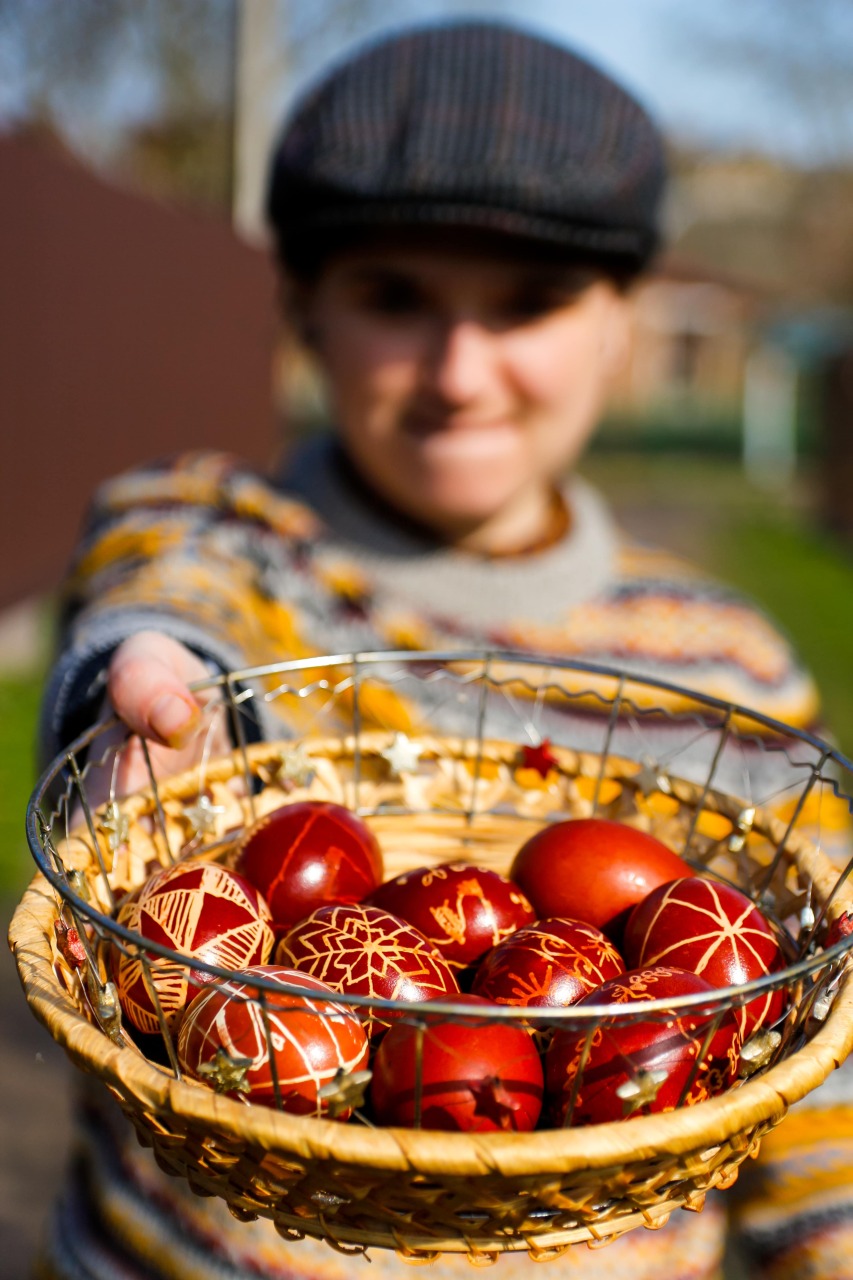

Some families even keep the previous year’s čuvarkuća until the new one is made — a quiet but powerful symbol of continuity and faith.
Traditional Techniques: Red Dye, Onion Skins, and Lace Patterns
Serbian Easter eggs have long been dyed using natural ingredients — especially onion skins (lukovina), which create a warm, earthy red. It’s believed that red symbolizes the blood of Christ and the resurrection.
Other traditional techniques include:
- Wax drawing (voskiranje): Using melted wax to draw patterns before dyeing.
- Leaf prints: Placing leaves or flowers on the egg and wrapping it in nylon before boiling it in dye.
- Etching: Scratching into the dyed shell to create delicate motifs.
Each method carries its own regional and family-specific style.
Modern Egg Art: Folk Meets Fantasy
While tradition remains strong, many Serbian artists and enthusiasts have taken Easter egg decorating to new levels. From hand-painted folk scenes to metallic finishes and even carved wooden or ceramic eggs, the modern Serbian Easter egg is a beautiful blend of heritage and creativity.
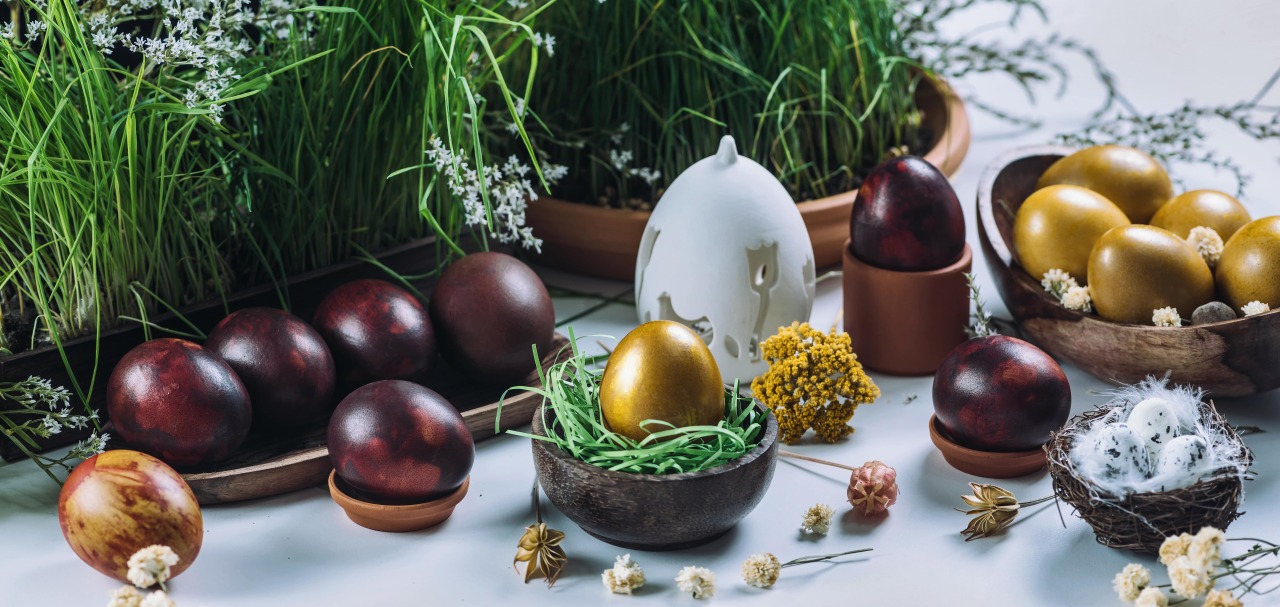

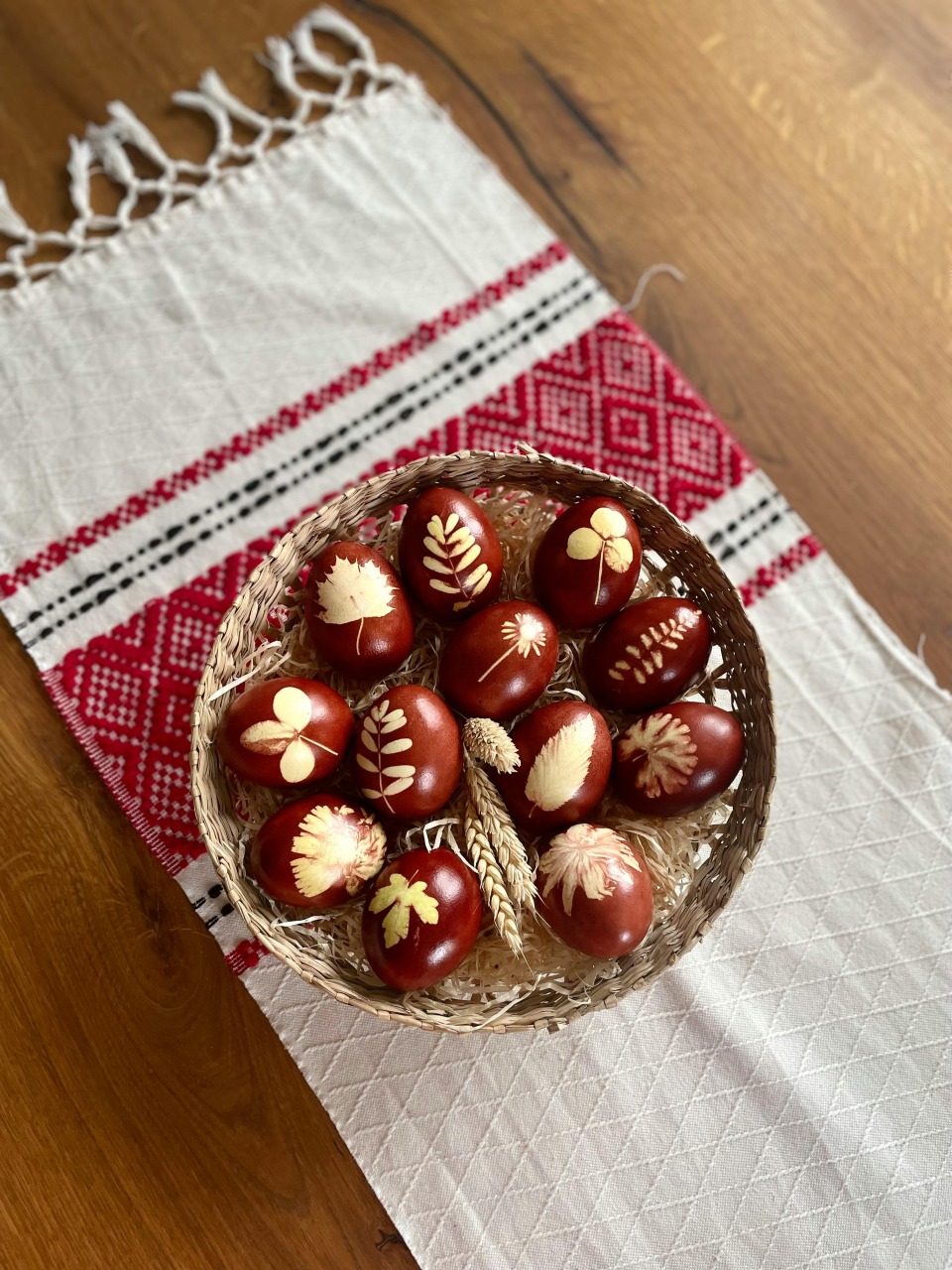
In recent years, social media has lit up with dazzling designs shared by families and folk artists alike. Some even display their creations in local churches or cultural centers, where competitions or exhibitions are held.
More Than Decoration: A Living Tradition
What makes this custom so powerful is that it’s shared across generations. Grandmothers teach their grandchildren. Families gather around bowls of dye, wax, and leaves. The eggs become stories, carrying memories from year to year.
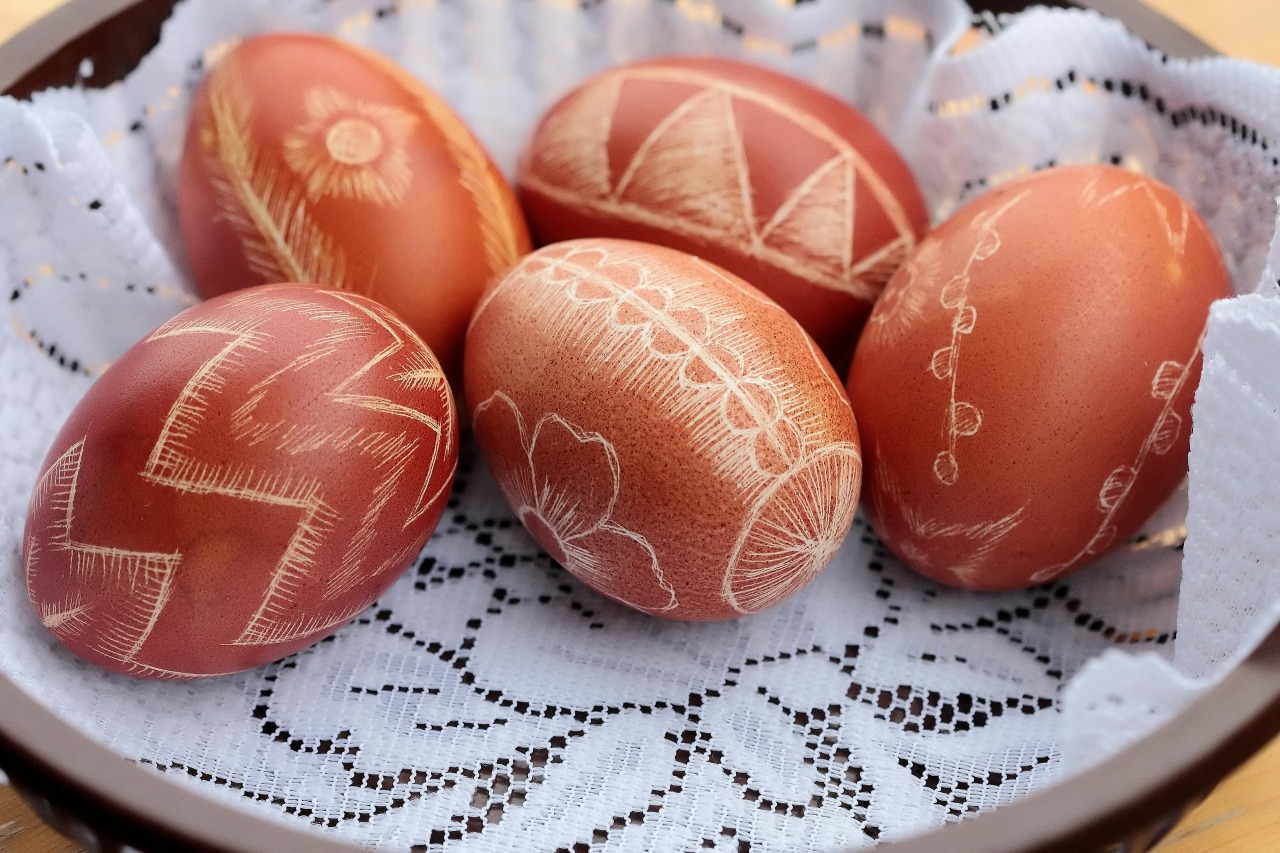
Even the act of egg tapping on Easter Sunday (and sometimes into Monday!) is part of this joyful legacy — where the strongest egg wins, and laughter fills the room.
Related Articles

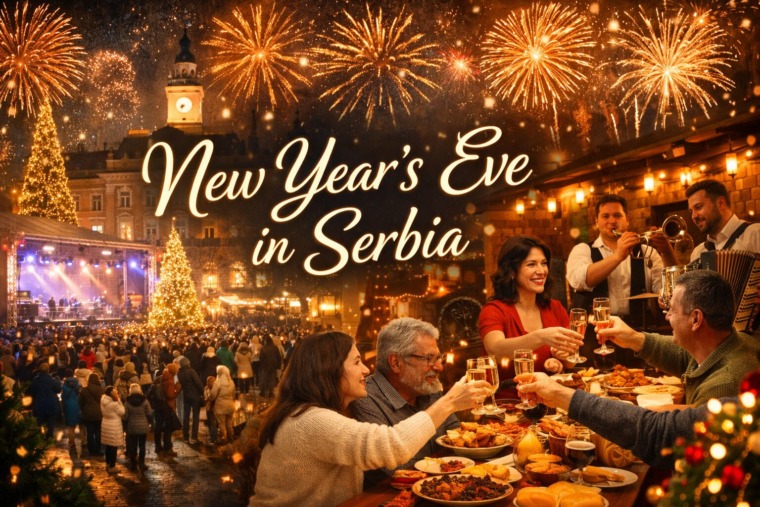
From Fireworks to Family Dinners: New Year’s Eve Across Serbia
December 31, 2025
Kuršumlijska Banja: Serbia’s Quiet Winter Spa Escape
December 30, 2025
Novak Đokovic Receives Special Globe Soccer Award in Dubai
December 29, 2025





